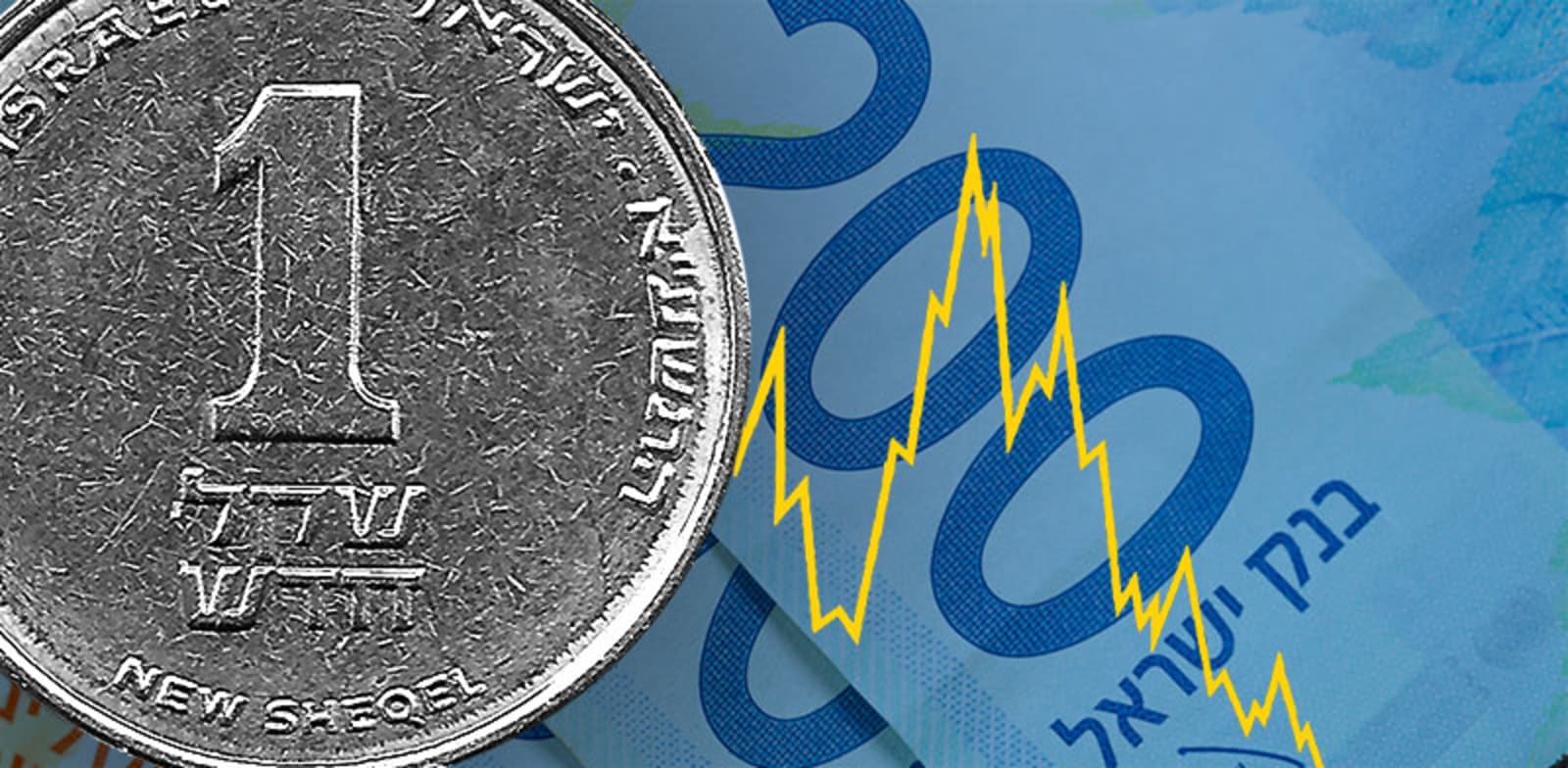How will an operation in Rafah affect the shekel?

The IDF is readying for an assault on Rafah on the Gaza Strip-Egypt border, and is starting to evacuate residential neighborhoods in the south of the Gaza Strip and to distribute leaflets calling on non-combatants to leave. Meanwhile, the shekel has started to weaken against the basket of currencies, and the shekel-dollar exchange rate is currently at NIS 3.7444, which compares with a representative rate set at NIS 3.723 yesterday. Against the euro, the shekel has depreciated more sharply, from yesterday’s representative rate of NIS 3.9941/€ to a current rate of NIS 4.0315/€. Will we see a slide in the shekel?
The understanding on the markets that the security situation is tending towards escalation came after a flurry of reports about deadlock in the indirect negotiations between Israel and Hamas on a deal for a ceasefire and a release of hostages, and after three IDF soldiers were killed yesterday at the Kerem Shalom crossing between Israel and the Gaza Strip, through which humanitarian aid passes, by mortar fire from Rafah.
Prico Risk Management, Finance and Investment CEO Yossi Fraiman says, “The security situation rapidly sent the shekel-dollar rate higher again, but given the supply of foreign exchange from exporters needing to pay wages and taxes, the potential for depreciation of the shekel in the immediate term remains limited.” Fraiman stresses, however, that escalation in the fighting will affect the exchange rate, and that it could again climb above NIS 3.8/$.
Leader Capital Markets chief economist Jonathan Katz agrees that the shekel-dollar rate could go above NIS 3.8/$, but says that the shekel won’t depreciate sharply. “I don’t see a high probability of depreciation of the shekel following the rejection of the ceasefire and entry into Rafah. This is not a surprise, and Israel has been gearing up for this operation. It all depends on the intensity of the fighting and its duration.’ Katz sees the northern front as the greater threat to the shekel, as a flare-up there could lead to a regional conflict.
The weakness of the shekel can however also be explained by broader factors. “The depreciation of the shekel is of course partly connected to reports about the Turkish boycott and its effects on the economy,” says Mizrahi Tefahot Bank chief markets economist Ronen Menachem. “The Houthis in Yemen have also announced that they will step up their attacks.”
Beyond the Israeli context, Katz says that many analysts see the US dollar strengthening globally. “The logic here is very clear: There is a gap in growth between the US and Europe, and also interest rate gaps. The declining likelihood of an interest rate cut by the US Federal Reserve versus an increasing likelihood of a rate cut by the European Central Bank point to the dollar strengthening in the future,” he says.
Menachem on the other hand believes that the global factors affecting the exchange rate have receded. “The US dollar weakened globally in the past few days following tepid employment figures in the US, and a calming statement by US Federal Reserve chairperson Jerome Powell that US interest rates will not rise. That offsets some of the weakness of the shekel against the dollar,” Menachem says.
“The volatility on the foreign exchange market will probably continue, and even increase,” Menachem adds. “If the military escalation continues, the shekel will find it hard to stand its ground, and the Bank of Israel will have consider selling dollars from its reserves, in accordance with its published policy.”
Published by Globes, Israel business news – en.globes.co.il – on May 6, 2024.
© Copyright of Globes Publisher Itonut (1983) Ltd., 2024.






